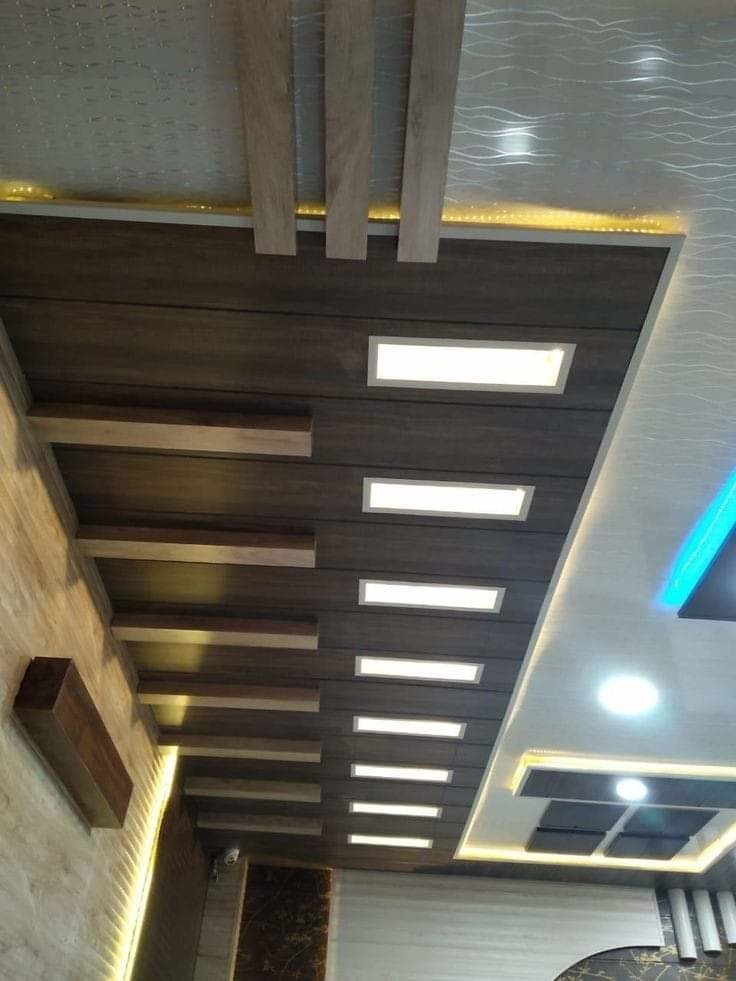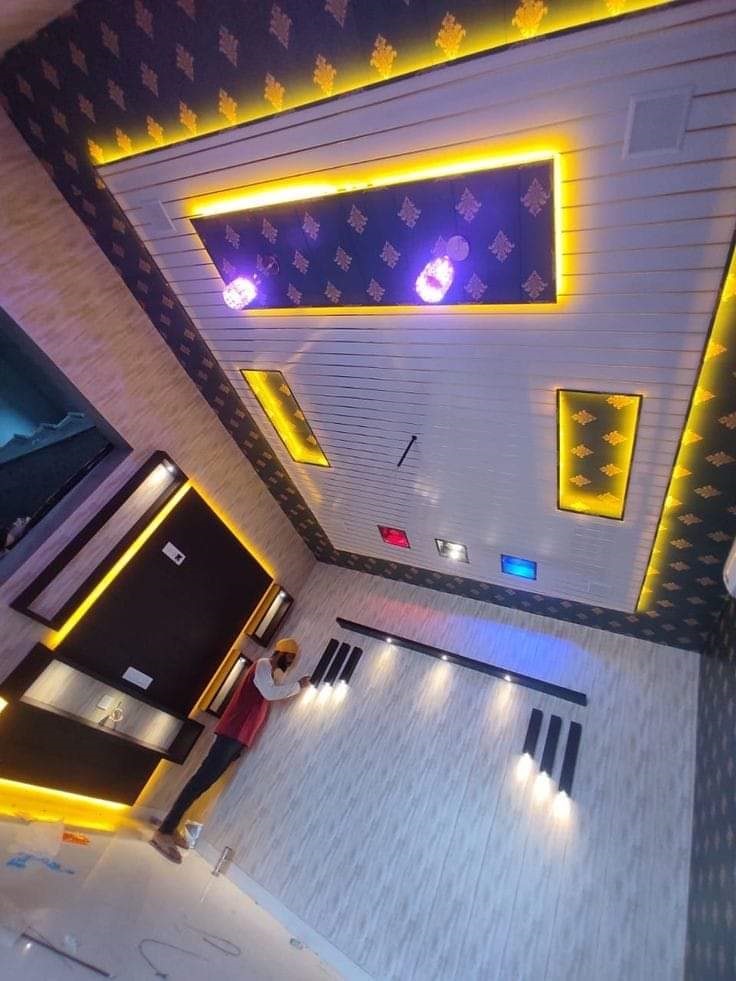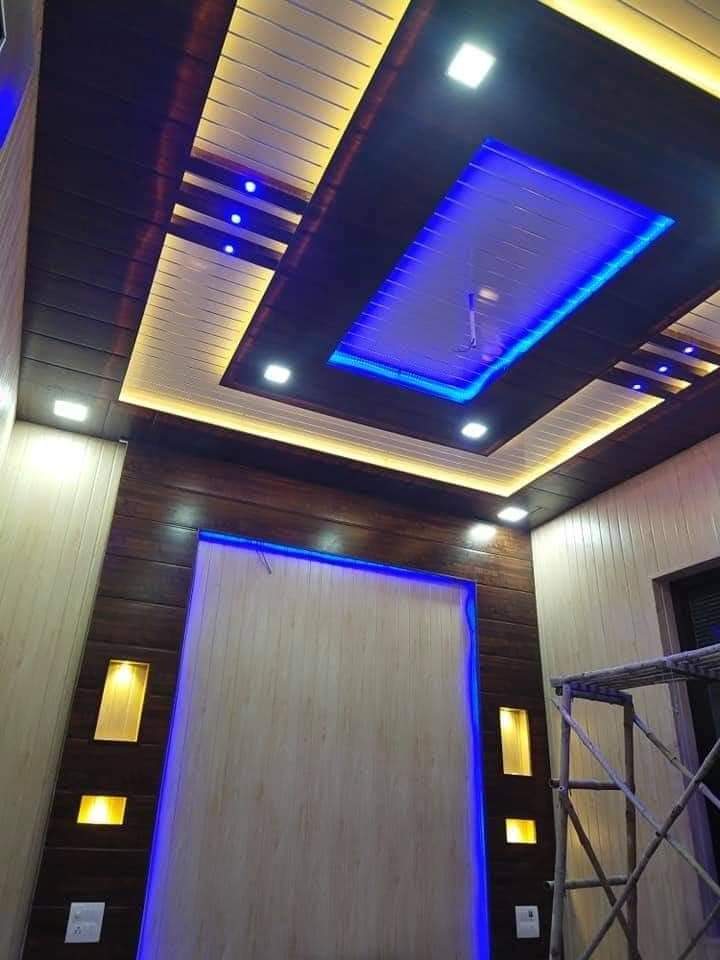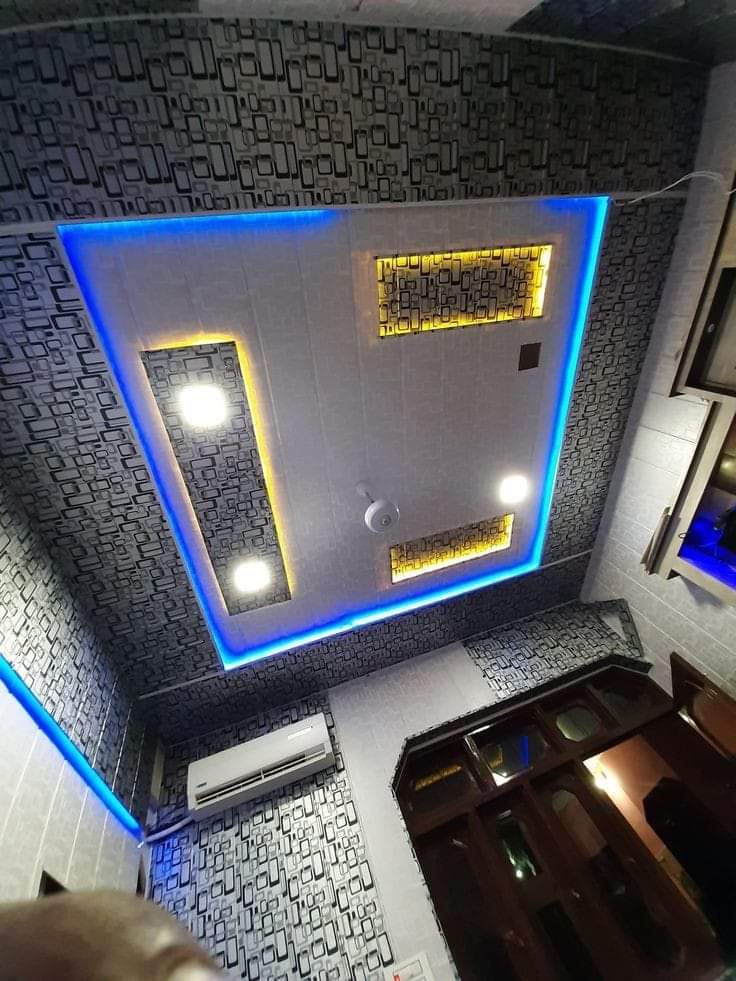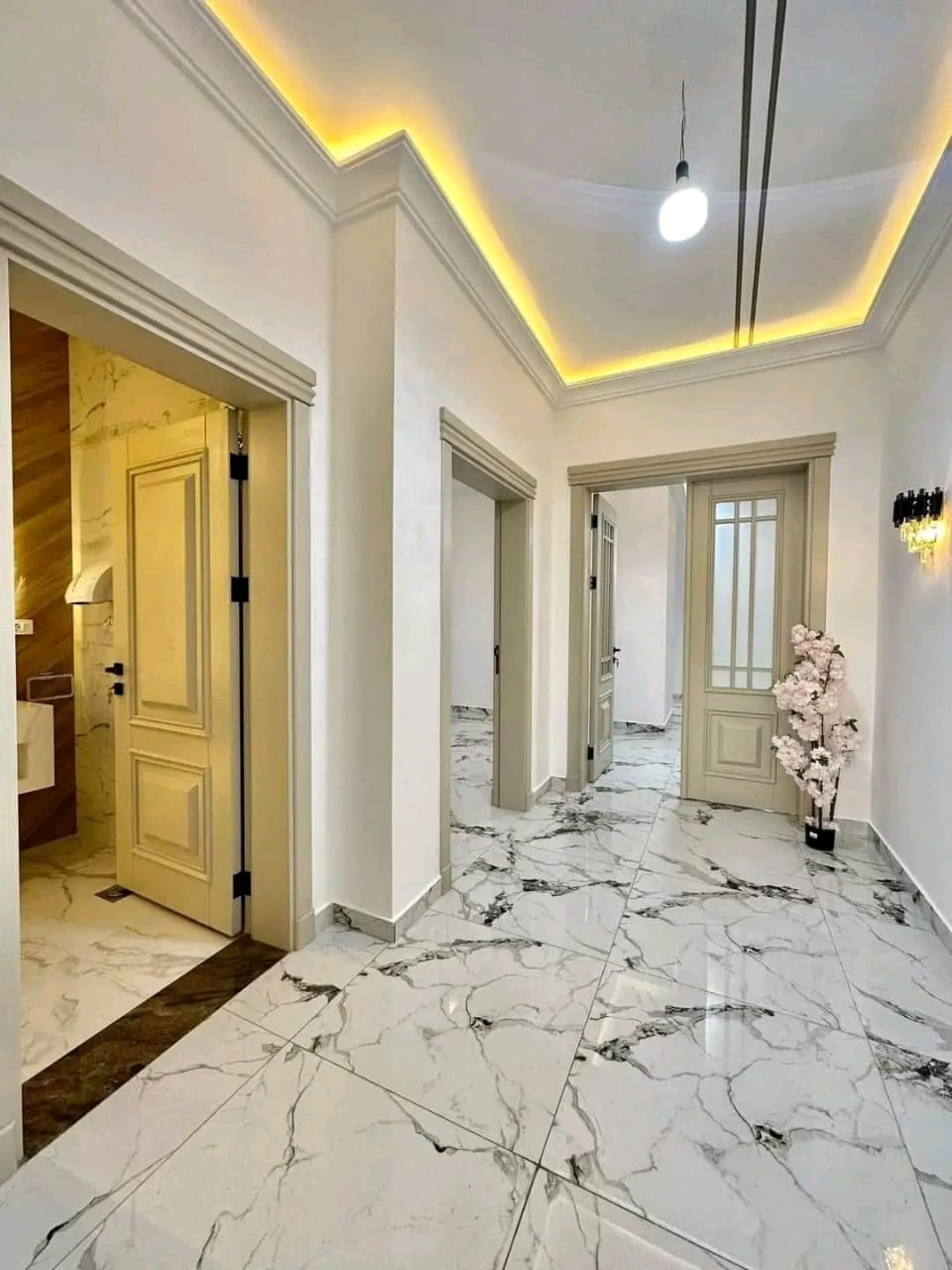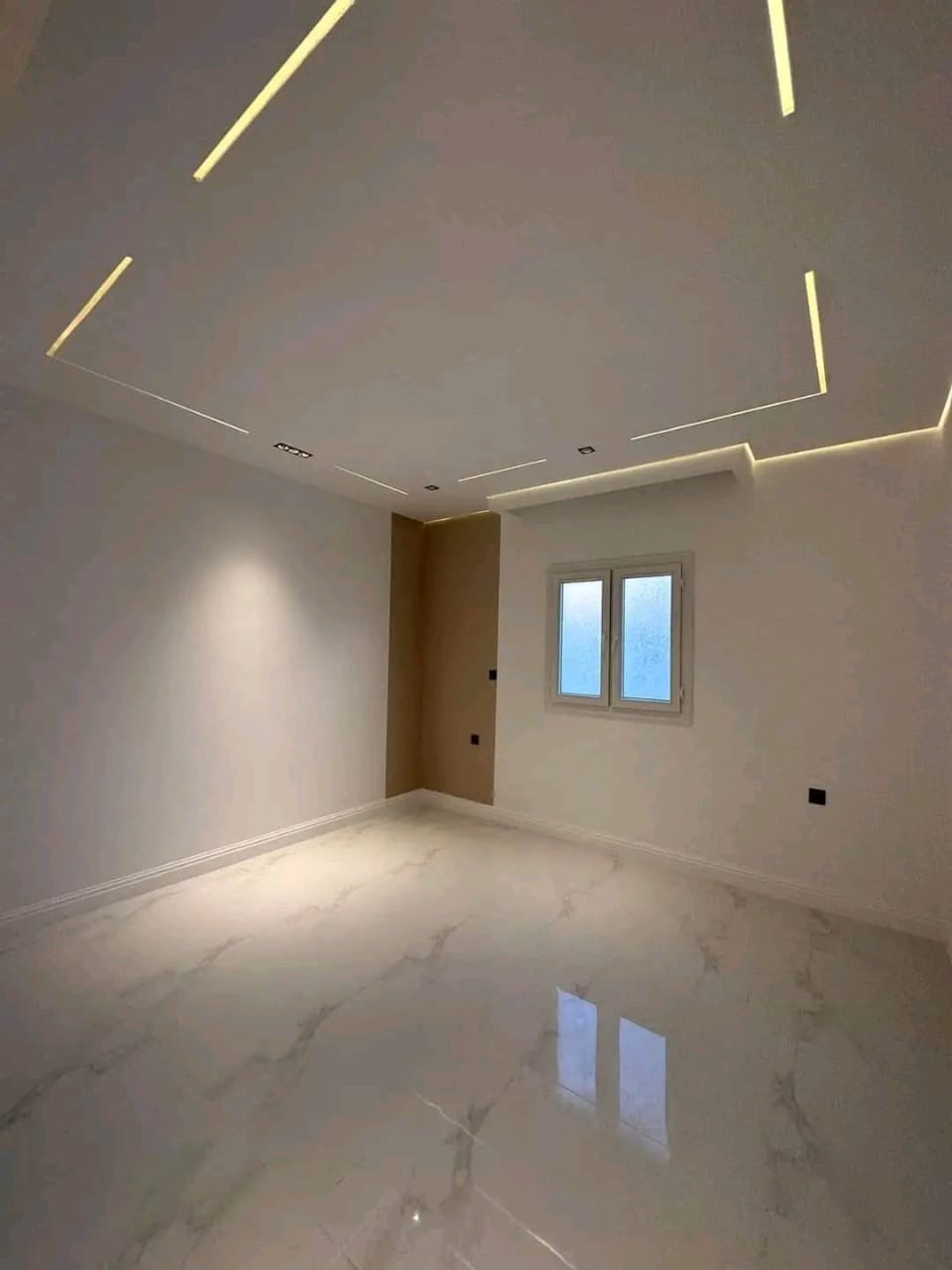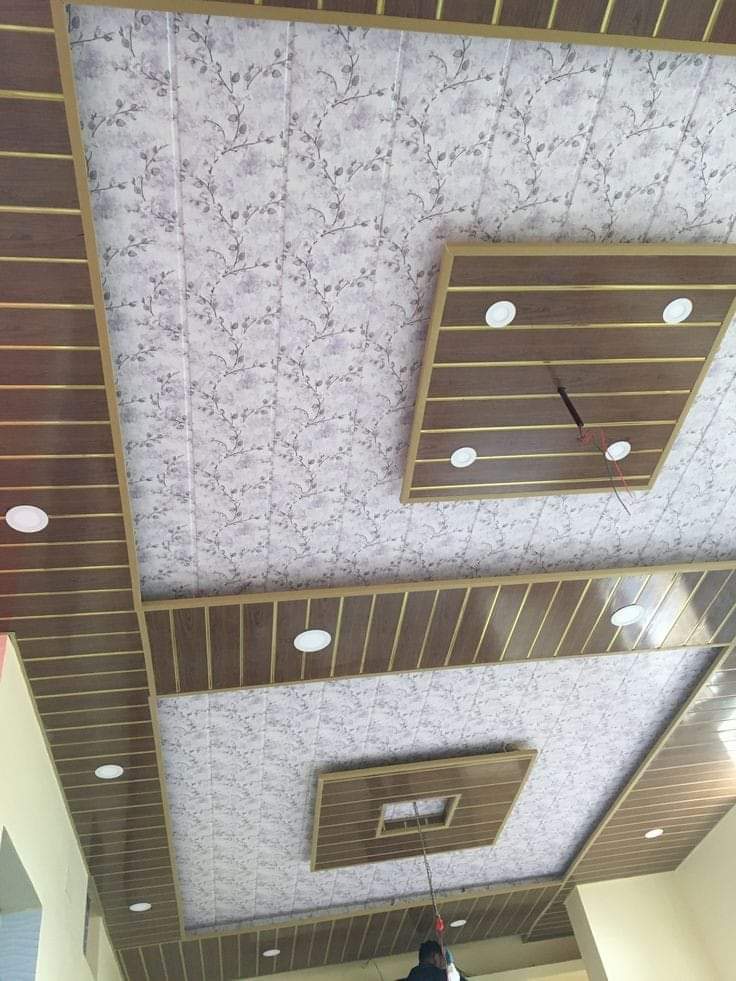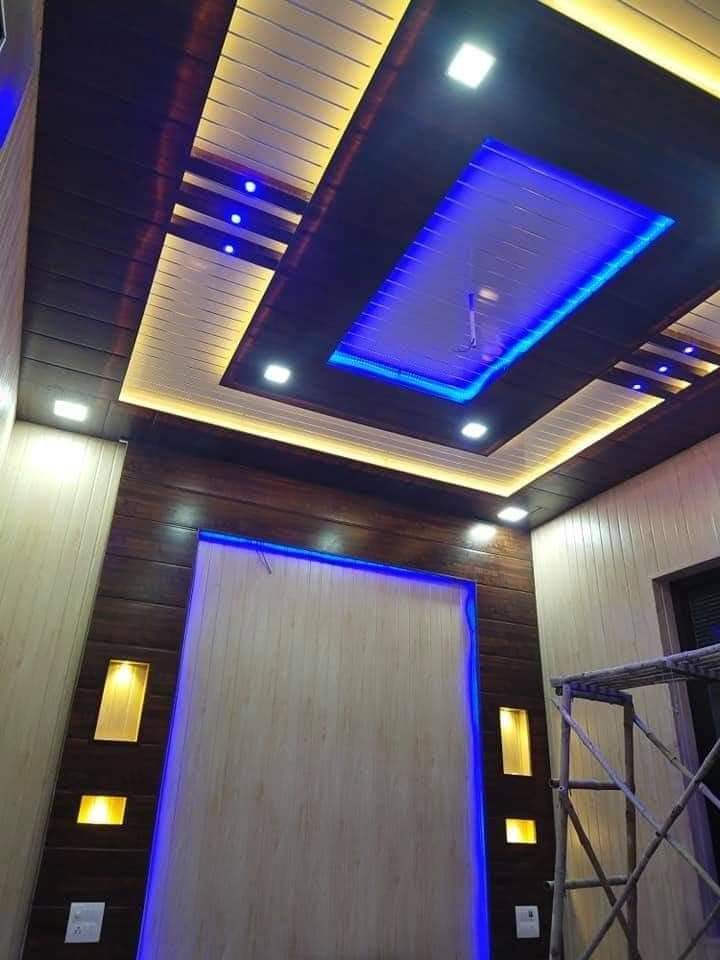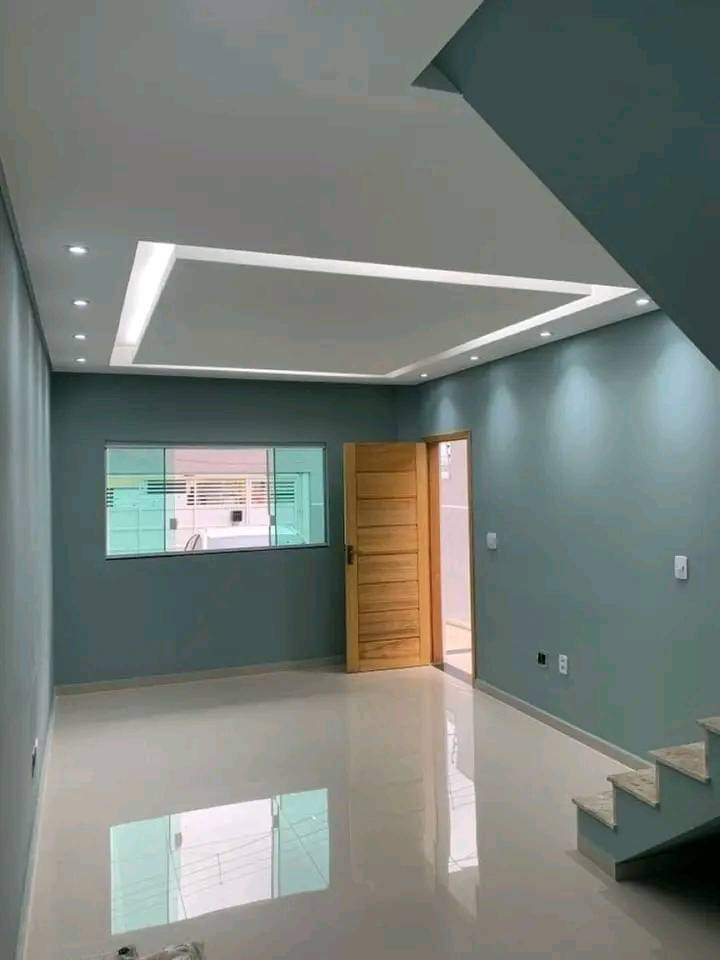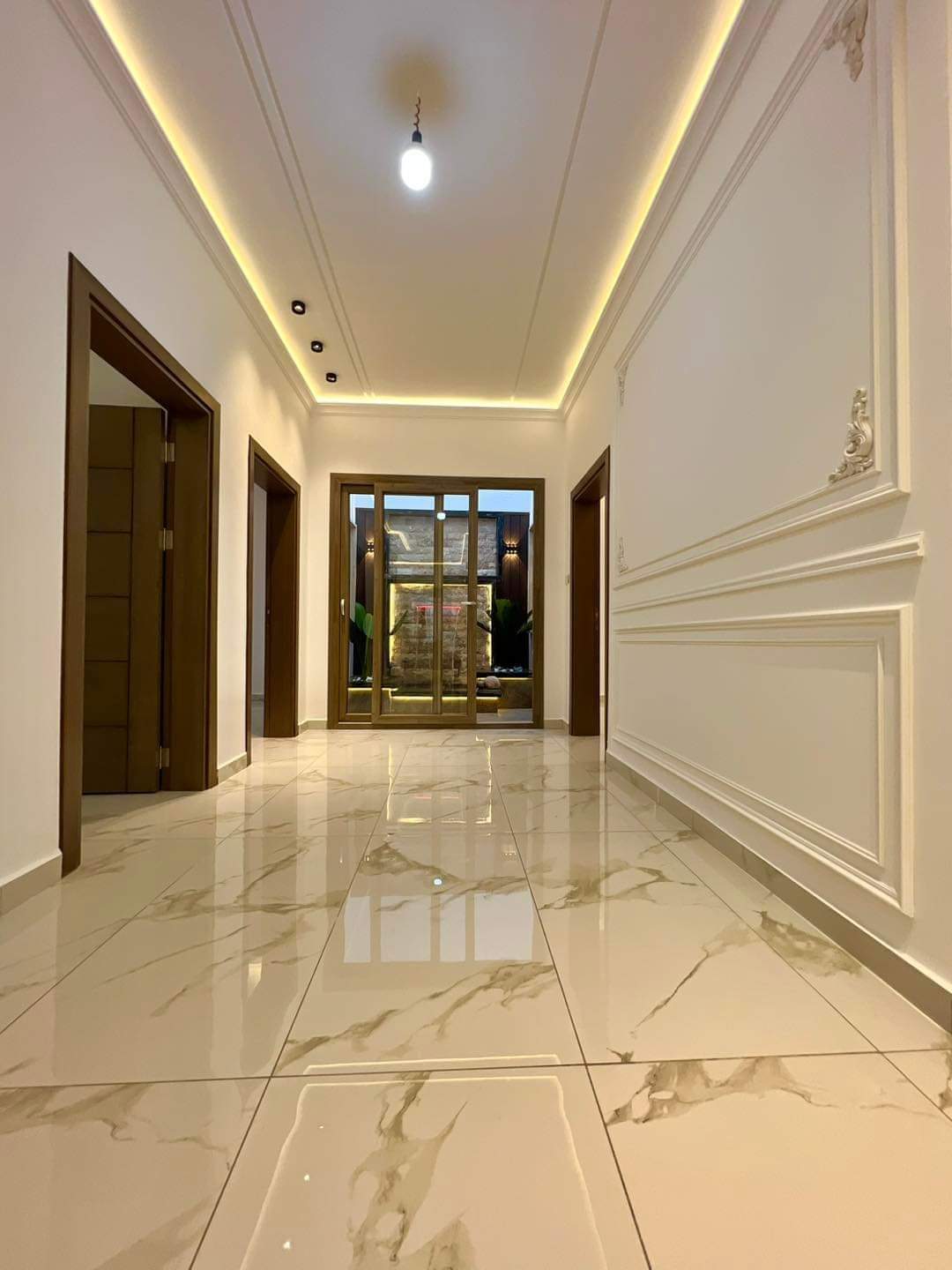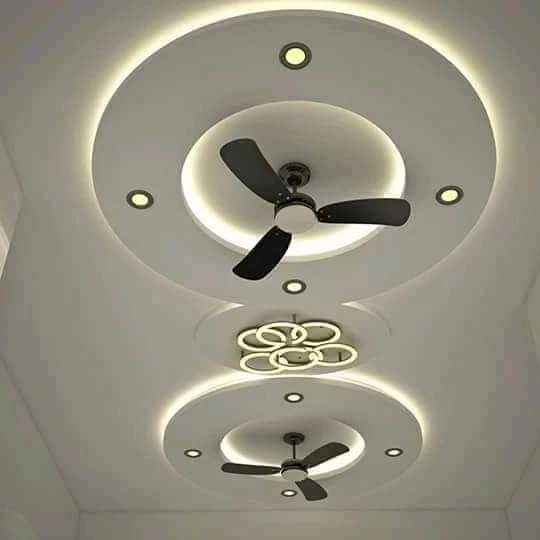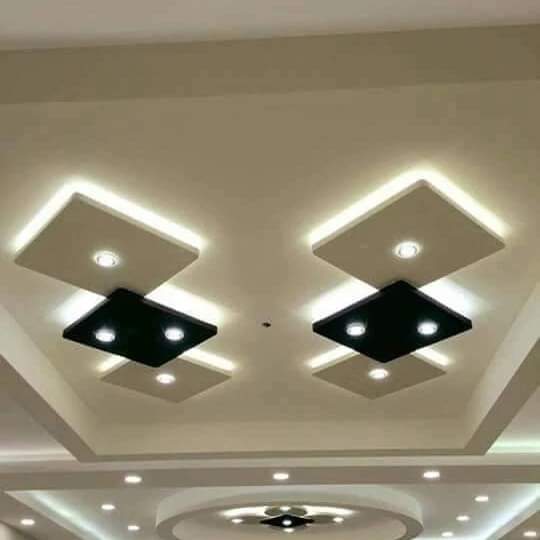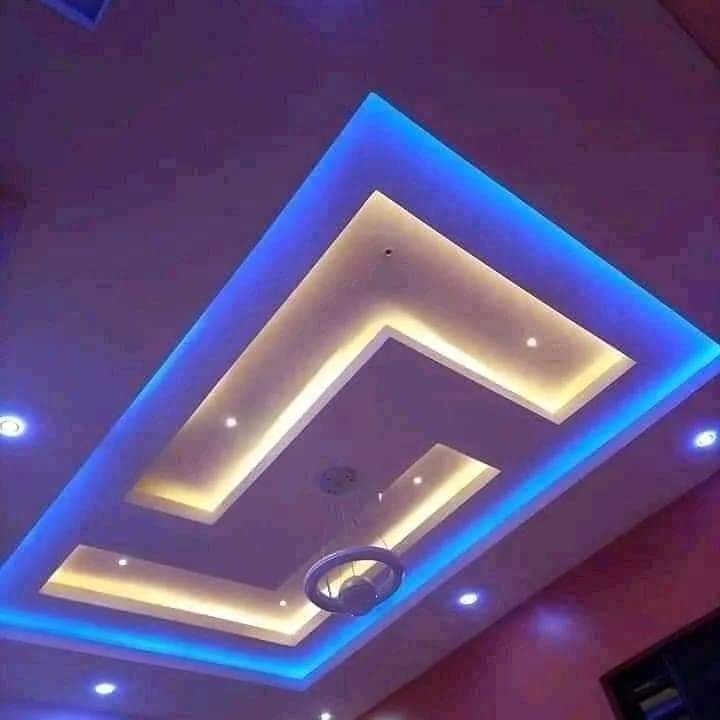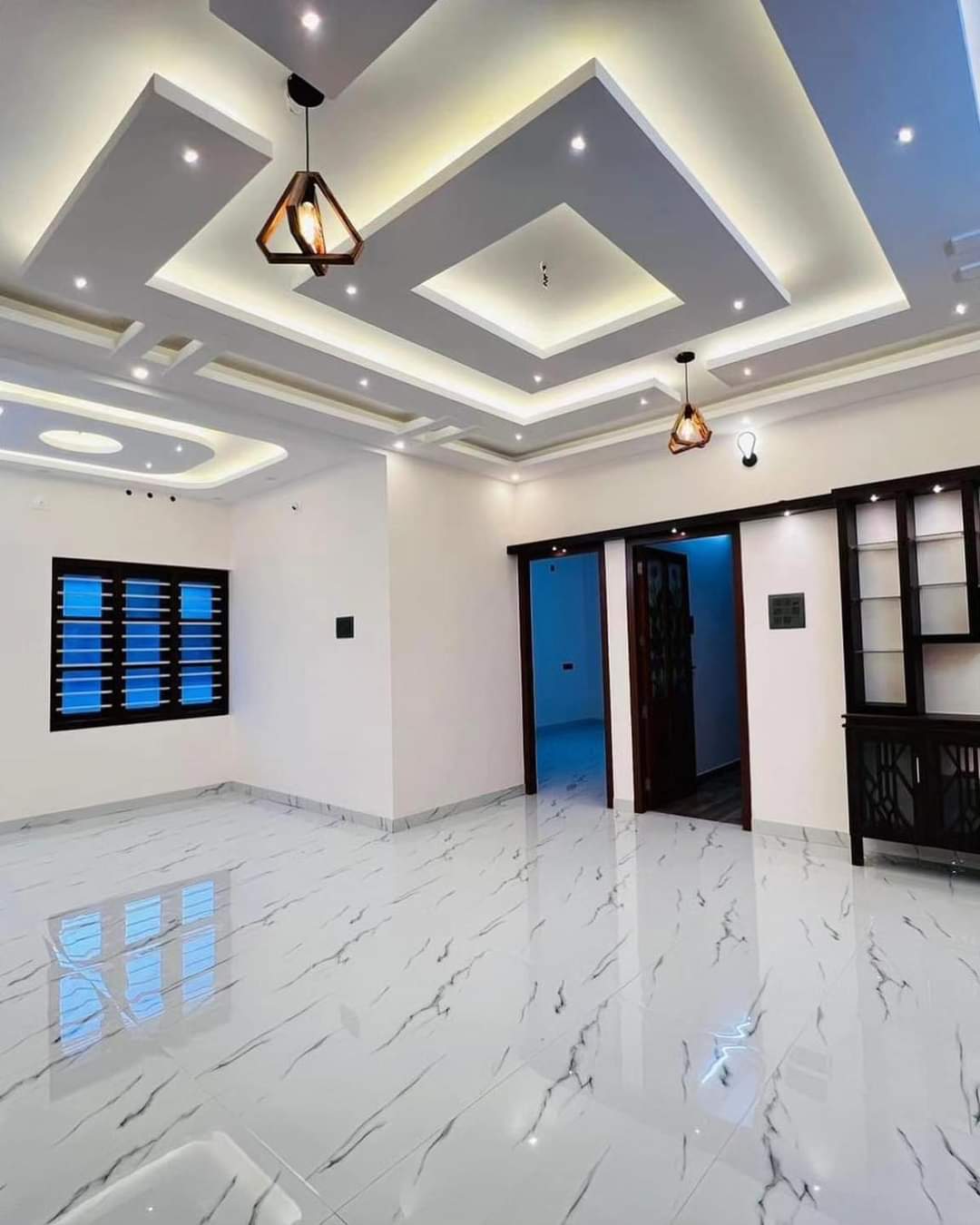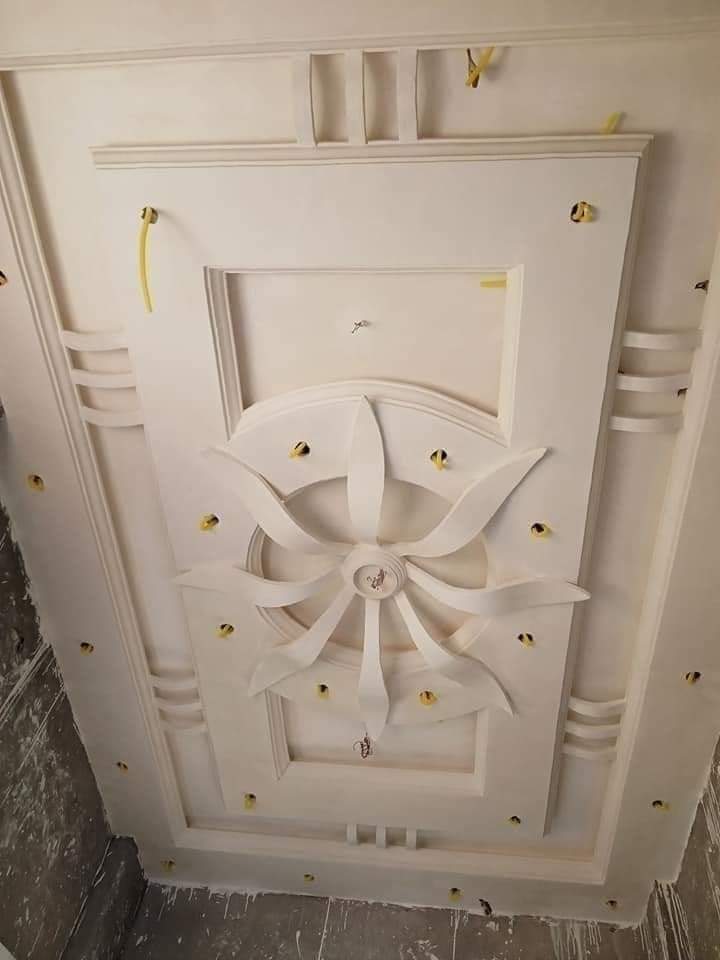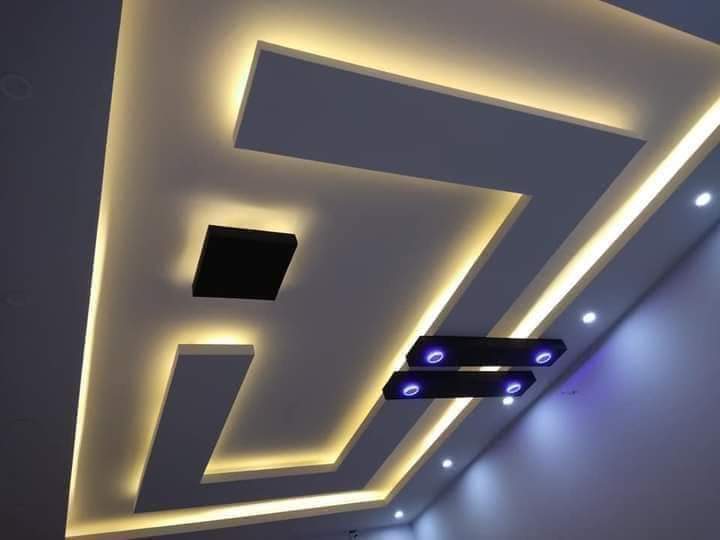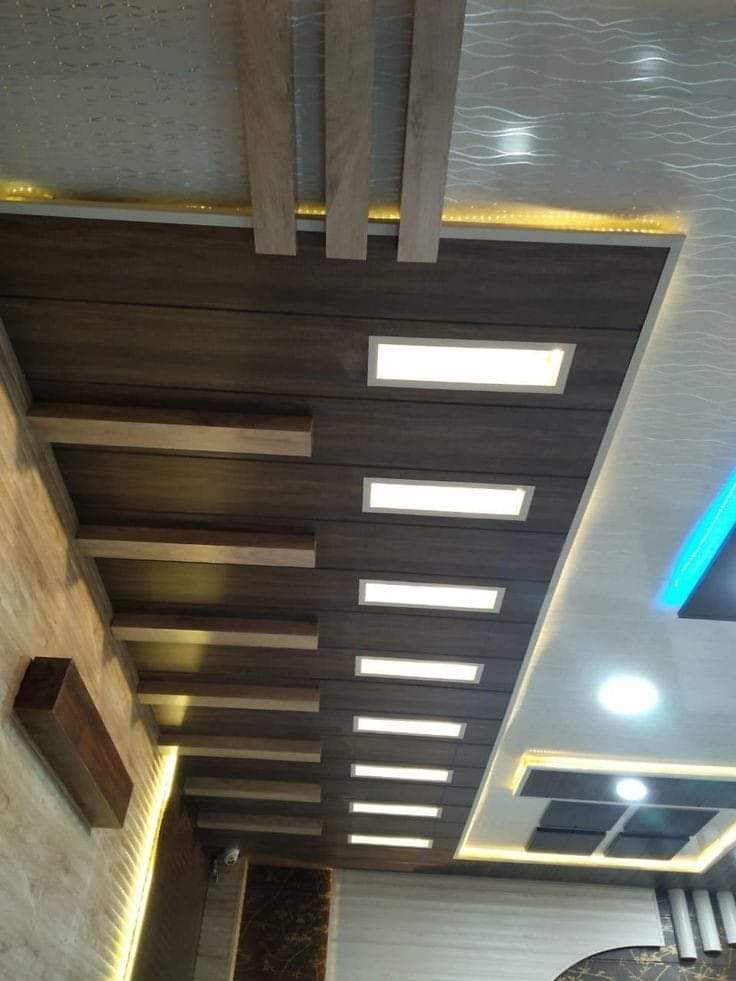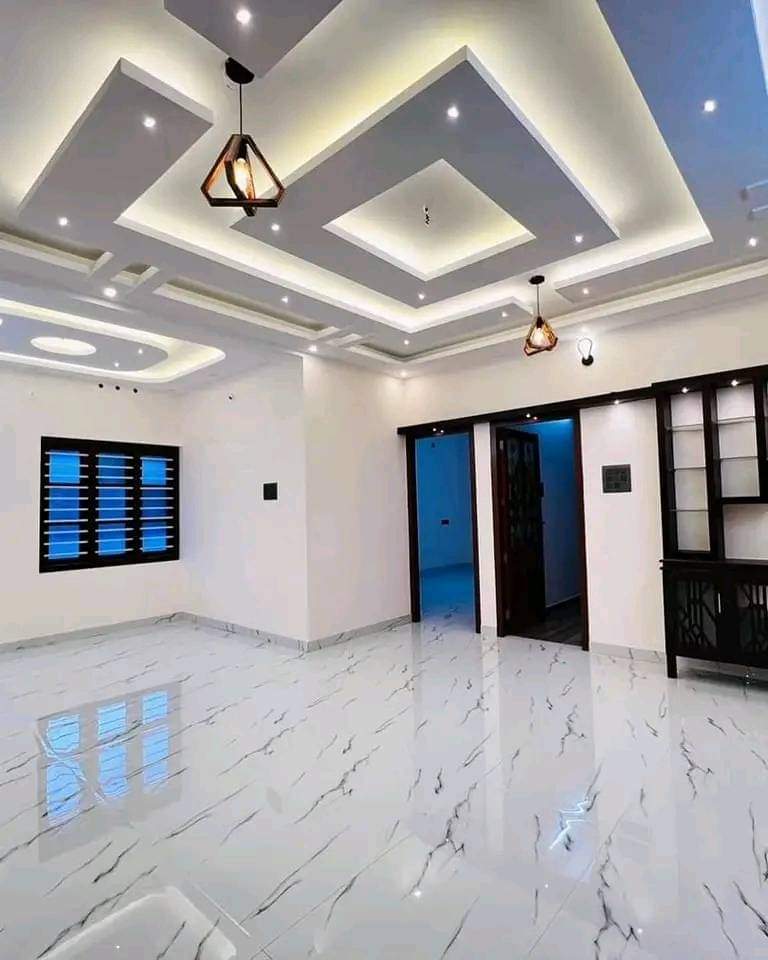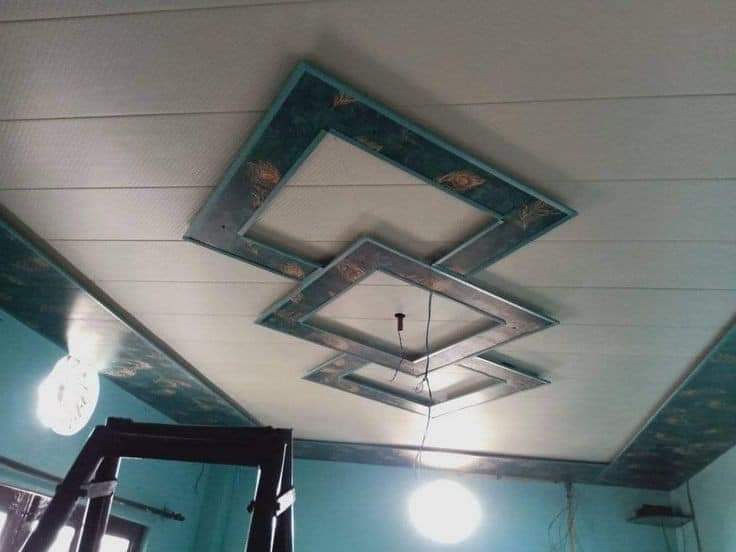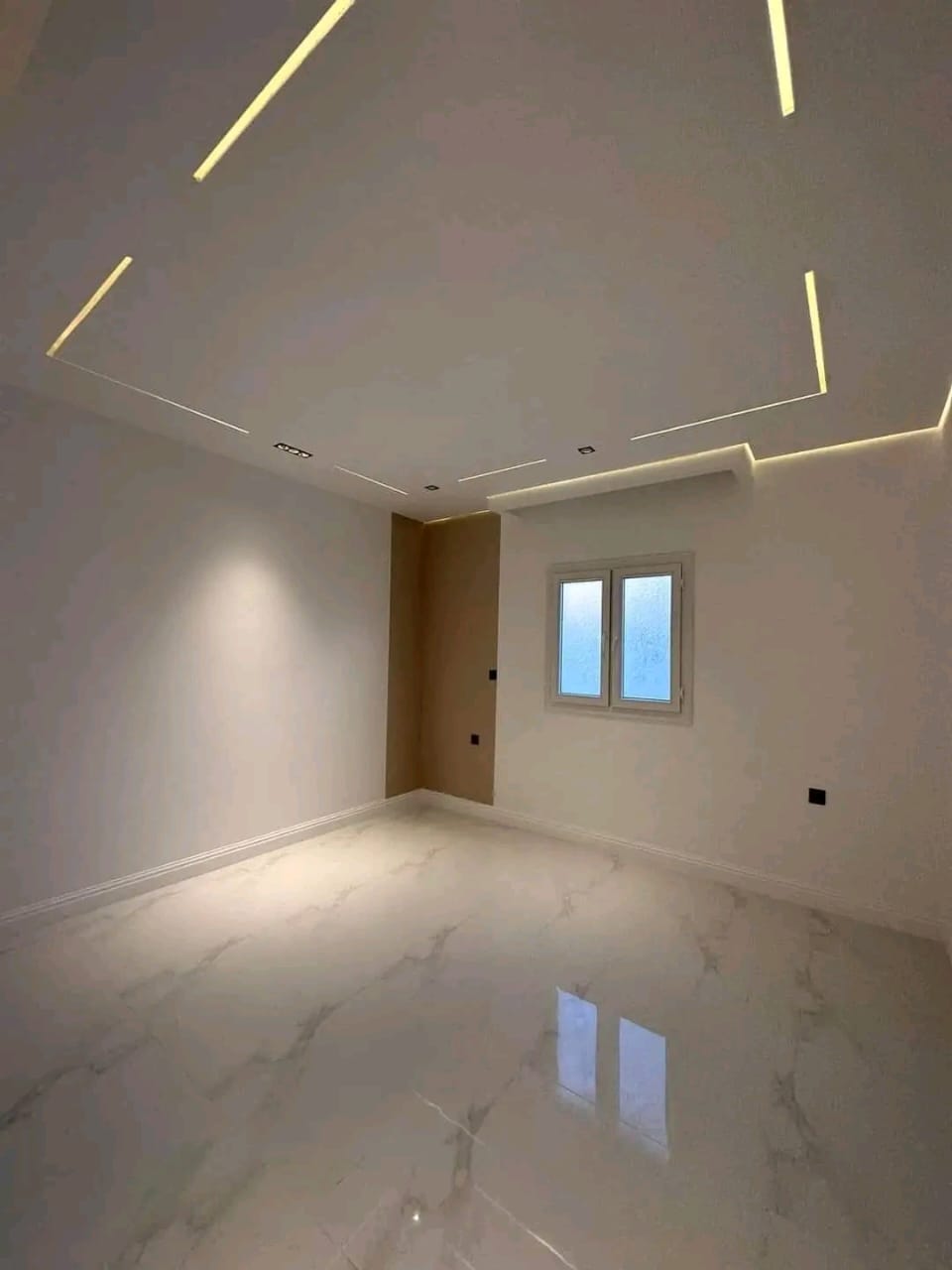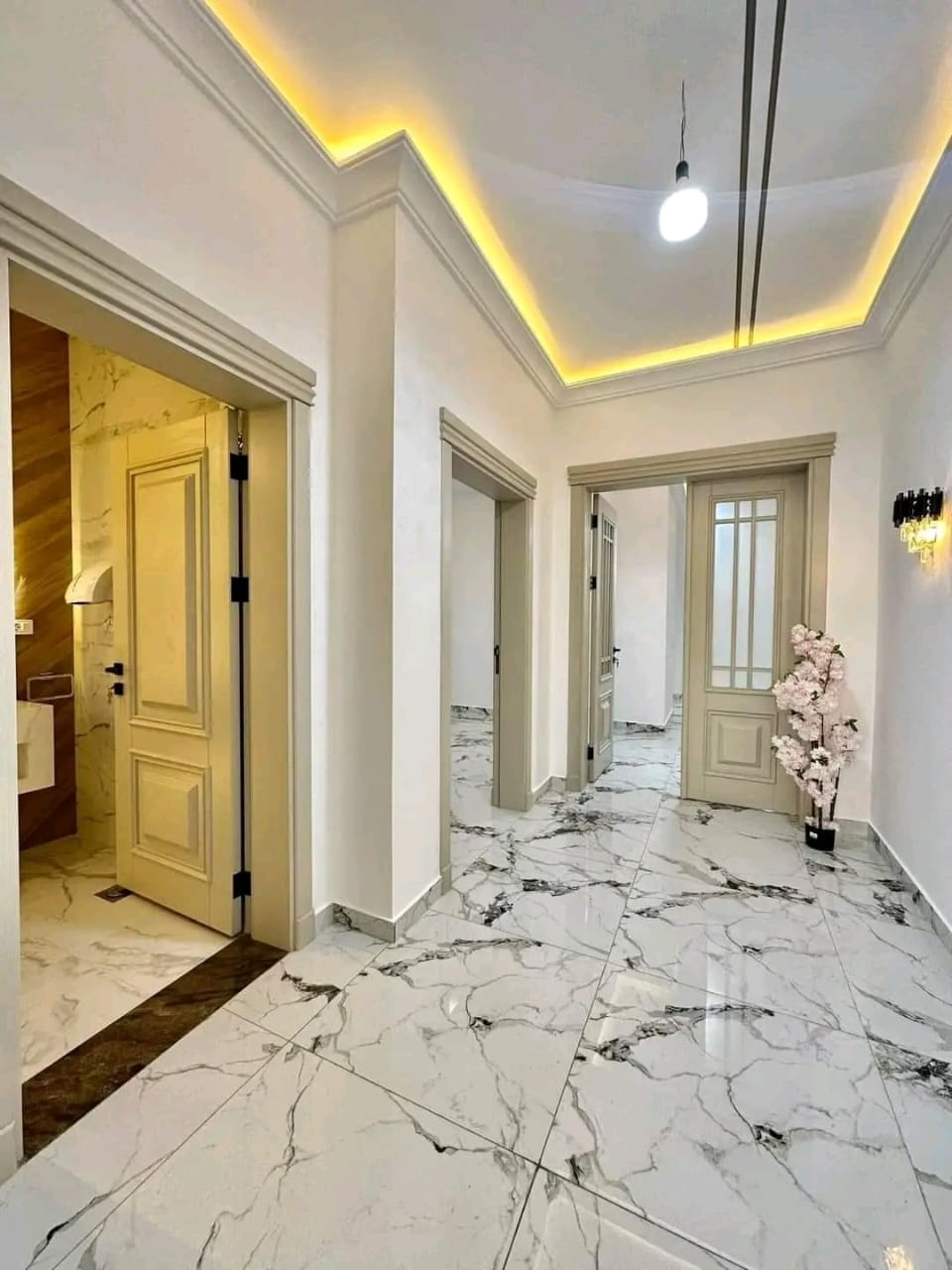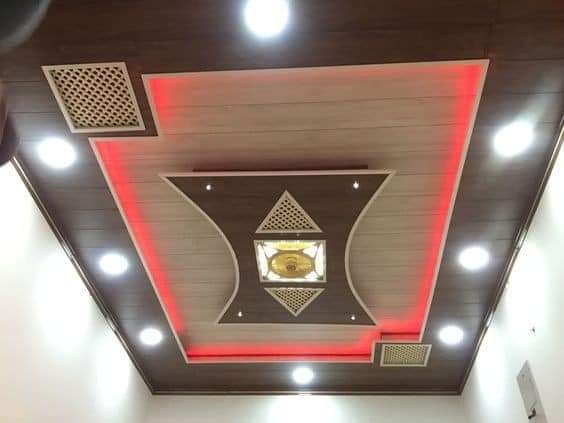Gypsum ceilings, also known as drywall ceilings or plasterboard ceilings, are a popular choice for interior construction and finishing in buildings. Gypsum is a soft sulfate mineral that, when processed into boards or panels, provides a smooth and versatile surface for ceilings. Here are some key points about gypsum ceilings:
Material Composition: Gypsum boards are typically composed of a core of gypsum sandwiched between two layers of paper. The core may also contain additives to improve specific properties.
Installation: Gypsum ceilings are relatively easy to install. The boards are fixed to a metal or wooden framework that is suspended from the main structural ceiling. This creates a gap between the original ceiling and the gypsum ceiling, allowing space for utilities like electrical wiring and HVAC systems.
Versatility: Gypsum ceilings offer a smooth and even surface that can be painted, textured, or adorned with various finishes. This allows for a wide range of design possibilities to suit different aesthetic preferences.
Fire Resistance: Gypsum has inherent fire-resistant properties, making gypsum ceilings a popular choice in buildings where fire safety is a concern. Gypsum can help contain the spread of fire and provide valuable time for evacuation.
Acoustic Properties: Gypsum ceilings can contribute to sound control and acoustics in a room. Special acoustic gypsum boards or additional treatments can be applied to enhance these properties, making them suitable for spaces like theaters or recording studios.
Moisture Resistance: Moisture-resistant gypsum boards are available for use in areas prone to high humidity, such as bathrooms or kitchens. These boards are treated to resist water absorption and prevent damage.
Cost-Effective: Gypsum ceilings are often considered cost-effective compared to other ceiling options. The ease of installation and the availability of various board sizes contribute to their affordability.
Sustainability: Gypsum is a naturally occurring mineral, and gypsum boards are recyclable. This makes them a relatively eco-friendly option in terms of construction materials.
When considering gypsum ceilings, it’s important to consult with professionals or contractors who can assess specific project requirements and ensure proper installation. Additionally, building codes and regulations may influence the choice of materials for ceilings in different locations.

